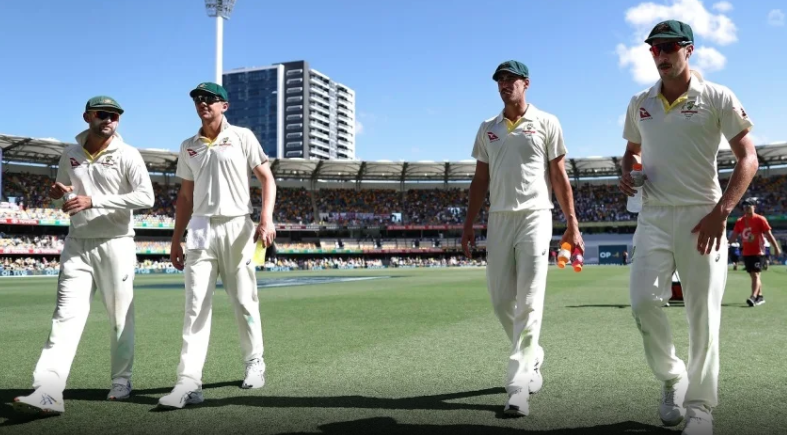The four Australia bowlers who’ve rebuked others for asking legitimate questions about their involvement in the infamous ball-tampering incident don’t understand that what cricket needs trumps what they want. They must be quiet while the game heals, writes RYAN VREDE.
I wasn’t completely invested in the ‘Sandpapergate’ scandal resurgence until Tuesday, when Pat Cummins, Mitchell Starc, Josh Hazlewood and Nathan Lyon decided to release a public rebuke in the guise of a statement on the matter.
The statement was addressed ‘to the Australian public’, which showed their lack of understanding about the significance of the offence. It was a crime committed against cricket, not the Australian public.
They happened to be playing for Australia when the incident occurred. They don’t, however, get to determine who they are accountable to.
Neither do they get to control the narrative in the face of legitimate questions about their knowledge of and/or involvement in this crime against cricket. Yet, they attempted to do just this with a statement that featured a combination of numbing arrogance and despicable entitlement.
‘We pride ourselves on our honesty. So it’s been disappointing to see that our integrity has been questioned by some journalists and past players in recent days in regard to the Cape Town Test of 2018,’ the statement began.
Their integrity was being questioned on the basis of Cameron Bancroft’s suggestion that they knew. ‘Obviously what I did benefits bowlers and the awareness around that, probably, is self-explanatory,’ Bancroft said. If the Australia bowling quartet wants to vent their frustration, it should have been at their former teammate, not those in the media and former players who have asked legitimate questions about their involvement.
The statement from the quartet continued: ‘And to those who, despite the absence of evidence, insist that we “must have known” about the use of a foreign substance simply because we are bowlers, we say this: The umpires during that Test match, Nigel Llong and Richard Illingworth, both very respected and experienced umpires, inspected the ball after the images surfaced on the TV coverage and did not change it because there was no sign of damage.’
This argument is fundamentally flawed. It ignores the possibility that Bancroft may just have started working the ball, leaving no visible damage at the stage the umpires inspected it.
The rebuke concluded: ‘We respectfully request an end to the rumour-mongering and innuendo. It has gone on too long and it is time to move on.’
Only, it isn’t time to move on. It shouldn’t be, least of all based on the instruction of those who could be at the heart of a crime against cricket.
Indeed, it is a time to dig deeper, not bury this issue in a shallow grave, concealed only by the dirt of suspicion and uncertainty.
Cricket Australia (CA) has contacted Bancroft, hoping to gain more insight into the incident. CA owes it to cricket to comprehensively investigate, exhausting all avenues to establish the whole truth. Anything less will be a betrayal of their mandate to serve the game first, their team’s interest second. A failure to do so sets a dangerous precedent, one that other governing bodies may feel justified in following in future similar cases.
Bancroft owes it to cricket to offer an unfiltered recollection of the incident. One does not have to be an expert in human behaviour to strongly suspect that, based on his interview, he has more to tell than he did at the time of the incident.
He also owes it to himself to purge his mind of this poisonous memory, the extent of which is known only to him, but must be known to the cricket world. Anything less will be a betrayal of self, which is arguably the worst type of betrayal.
His must be the most powerful voice.
The quartet who’ve deemed it right to rebuke those who pursue the whole truth must now be quiet. They’ve made their position clear. For them, self-preservation is more important than the game healing from this incident.







